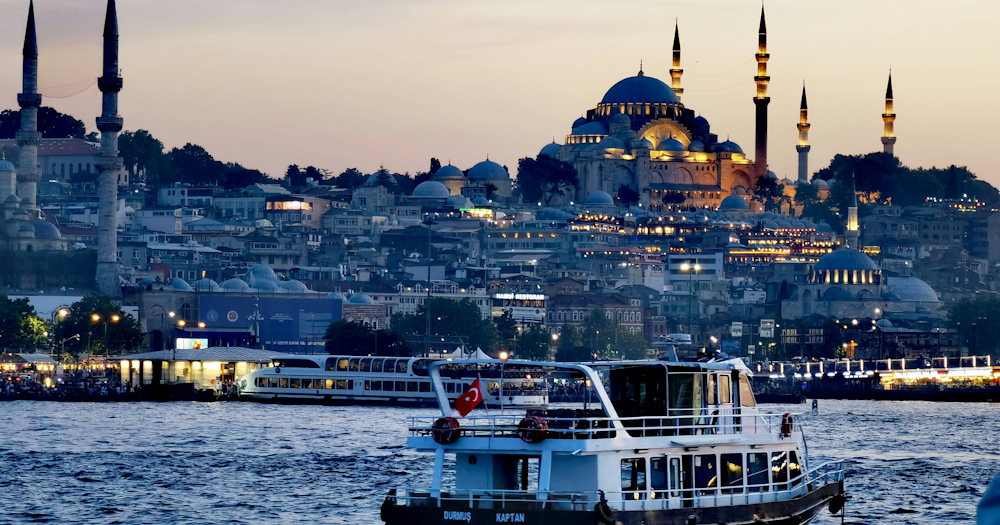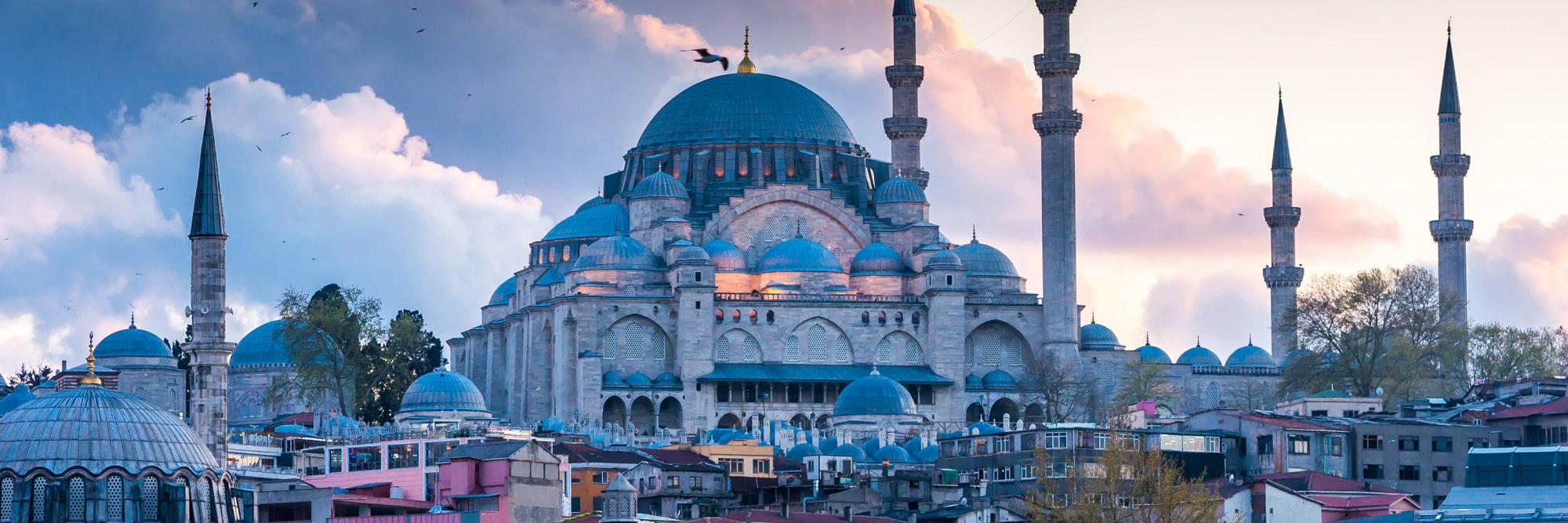Turkey’s largest city feels less like a city and more like a time capsule cracked open, and there is an endless array of things to see and do in Istanbul. Finding your bearings here is half the fun, and expats can spend weekends soaking up the local atmosphere and getting to grips with their new home.
The city is packed with landmarks, but many of the heavy hitters – like the Blue Mosque and Topkapı Palace – cluster in the Sultanahmet district. You can easily walk between them. A tip for the history buffs: consider a Museum Pass to skip the ticket queues, but be warned, it doesn’t cover every single site.
Attractions in Istanbul

Blue Mosque (Sultan Ahmet Camii)
The Blue Mosque defines the city’s silhouette. It is still a functioning place of worship and a masterclass in Ottoman architecture. You’ll need to visit outside prayer times, but keep the dress code in mind. Women need headscarves, and everyone leaves their shoes at the door.
Topkapı Palace Museum
The Topkapı Palace Museum looks out over the Bosphorus Strait and the Golden Horn. It was the seat of the Ottoman Empire for nearly four centuries. At its peak, it housed around 4,000 people. You should tour the royal apartments, but check if your ticket includes the Harem section. It is often a separate add-on. These rooms reveal the empire’s former opulence.
Hagia Sophia
The Hagia Sophia’s sheer scale makes it the city’s architectural anchor. Built as a cathedral in the 6th century, it was Christendom’s most important church for 900 years until Mehmet II conquered the city in 1453. After a stint as a museum, it became a mosque again in 2020. You can still visit the upper galleries as a tourist (for a fee), while the ground floor is reserved for worship.
Grand Bazaar (Kapalı Çarşı)
The Grand Bazaar holds the title of the world’s oldest and largest covered market. It is a maze of roughly 60 streets packed with over 4,000 shops, teahouses, hamams (Turkish baths), storehouses, mosques and fountains. Crucially for anyone planning a weekend trip, the bazaar is closed on Sundays.
Museum of Turkish and Islamic Arts
Grand Vizier Ibrahim Pasha’s 16th-century palace houses this museum, directly facing the Hippodrome. Inside, you can view 40,000 examples of Seljuk, Mamluk, and Ottoman art. The antique carpet and kilim collection is particularly extensive.
Sunken Palace (Basilica Cistern)
Emperor Justinian I built this subterranean cavern in 532 CE, using 336 marble columns to hold up the ceiling. You might know it from the James Bond film From Russia with Love. Following a recent restoration, you can walk the raised platforms above the carp-filled waters to see the famous Medusa head bases.
Galata Tower
You get a 360-degree panorama of the historic peninsula from the 220-foot (67m) Galata Tower, erected in the 14th century as part of the Genoese fortifications. Museum exhibits have replaced the top-floor restaurant, but lively cafés line the square at the tower’s base.
Dolmabahçe Palace
The Dolmabahçe Palace was the empire’s main administrative centre in its final century. It ranks among the most opulent palaces in the world, with Baccarat crystal and gold leaf covering the interiors. It now operates as a museum where you can tour the ceremonial halls and the harem quarters.
